By: Nick Davis
One of our main focuses during the Marine Program internship has been biodiversity and beauty.
Biodiversity refers to the variety of life that is found throughout our world. This can look different within varying ecosystems and habitats. Biodiversity is important as it can aid in making these habitats and ecosystems more productive, and areas with high diversity tend to be more resilient and are able to recover from natural disasters easier.
Throughout our time here in Florida we are always documenting the diversity within the habitats we visit through our photography. Scuba diving has allowed us to visit and photograph a number of aquatic habitats from reefs, crystal clear springs, and seagrass beds.
Though we have to travel to our scuba assignments, here in Titusville we have the Indian River Lagoon—one of the most biodiverse estuaries in North America with over 4,300 animal and plant species documented within its 156-mile range.
With our place-based mindset, we have had a number of opportunities to explore this amazing ecosystem and constructed a research project focused on its biodiversity. Since October 2022, we have been working on a literature review based project currently titled “Review and Gap Analysis of Northern Indian River Lagoon Biodiversity.”
Unfortunately, the Indian River Lagoon has endured a number of issues that trigger stressors for the species found within this system. There are several notable charismatic species including manatees, sea turtles, and dolphins that tend to be the primary focus of studies, protection, and concern. Through this project, our aim is to identify species that may be of concern and also have a lack of priority or data in terms of their status within the Indian River Lagoon. Our hope is to determine any research gaps and present possible research and conservation opportunities.
Our region of focus for this project is the northern region of the Indian River Lagoon, ranging from the Haulover Canal to the Nasa Bridge Causeway. To generate data on the species observed within this region, we were able to consult irlspecies.org as well as inaturalist.org to create a spreadsheet of 2,609 species found within this region.
Of the species documented, we discovered 4% are fungi, 28% are plants, and 68% are animals. We analyzed each individual species and determined its IUCN Red List conservation status. The IUCN Red List is a database documenting the global conservation status of species whose populations have been assessed. Of the 2,609 species, only 696 were on the IUCN Red List. 645 were listed as Least Concern, 16 were listed as Near Threatened, 17 were listed as Vulnerable, 9 were listed as Endangered, and 2 were Critically Endangered.
There were also 7 species listed as Data Deficient, signifying a current lack of population assessment. This includes the Whitefin Sharksucker, Chain Pipefish, Branched Polly, Aloe Yucca, Papaya, Cochineal Nopal Cactus, and Ocean Blue Morning Glory. As we move forward with this project, we are drawn to the data-deficient species along with the species that lack an IUCN Red List assessment. This is where we believe more conservation and study opportunities may reside.
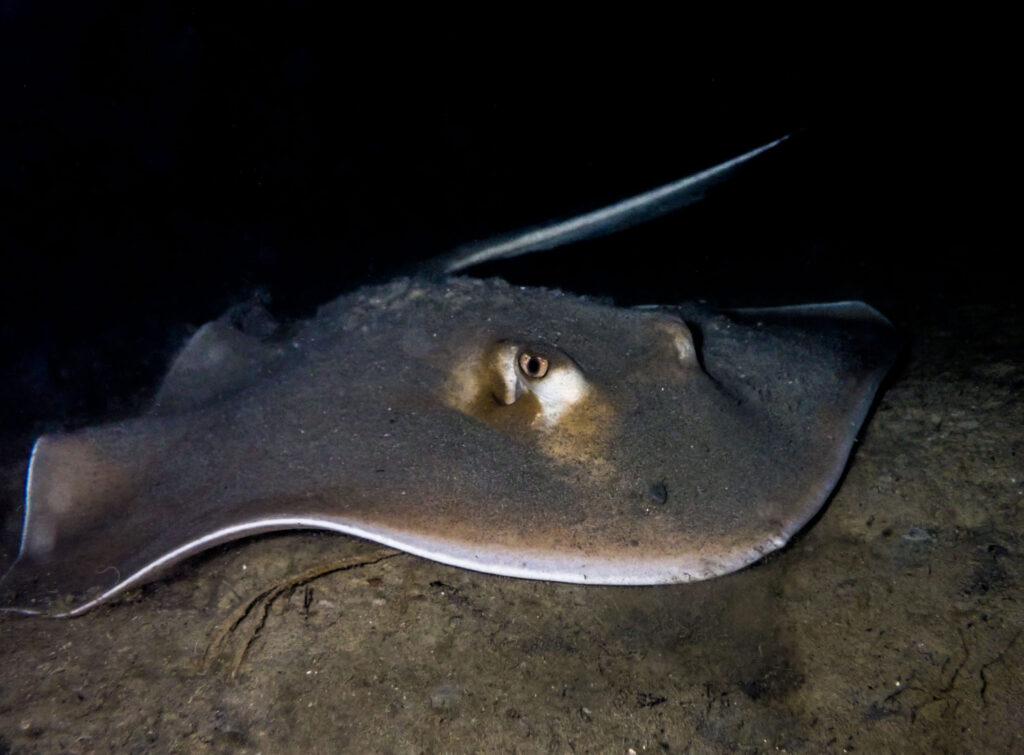
We are continuing to assess and review literature on these species to grasp a further understanding of how well-studied they are within the context of the Indian River Lagoon, such as if they are protected or otherwise. We also want to implement other datasets to aid in strengthening our current data.
Though this project is still in development, we had the opportunity to showcase it at the Indian River Lagoon Symposium hosted by Florida Atlantic University’s Harbor Branch Oceanographic Institute in February. It was an amazing experience to attend this event and present a talk on this project. As of now, there is still some work to be done, but we are quite fascinated by our current findings and we are excited to see how this project evolves.

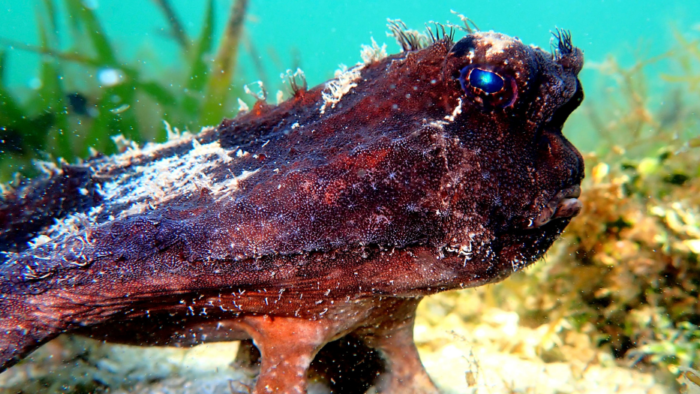
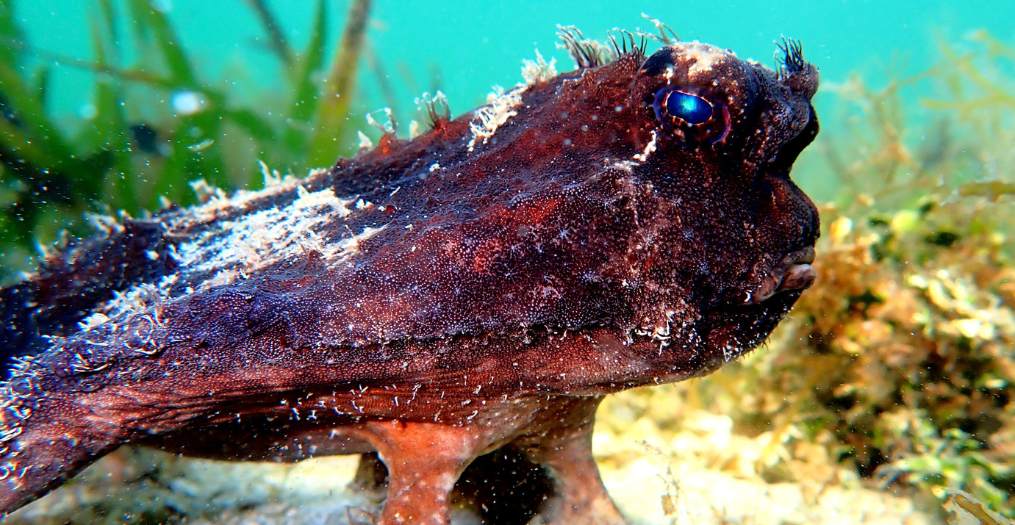

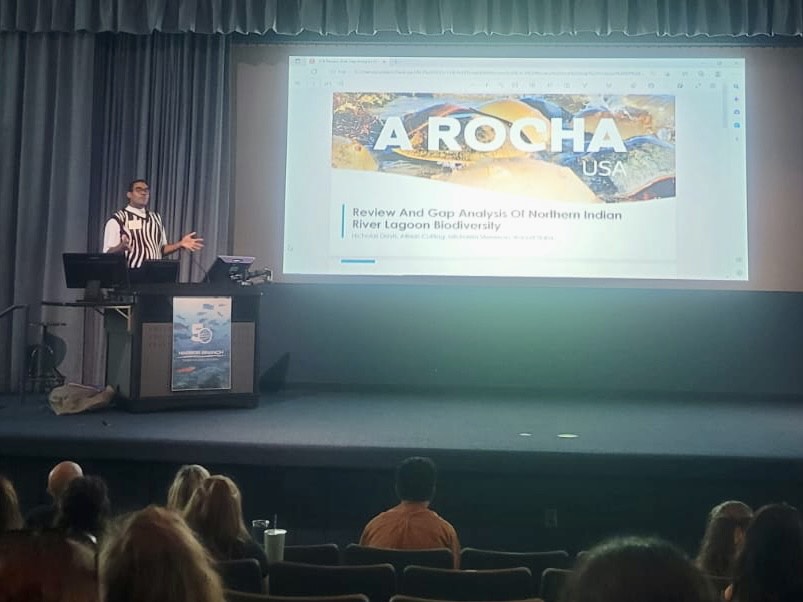

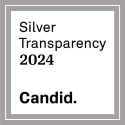




Add a Comment